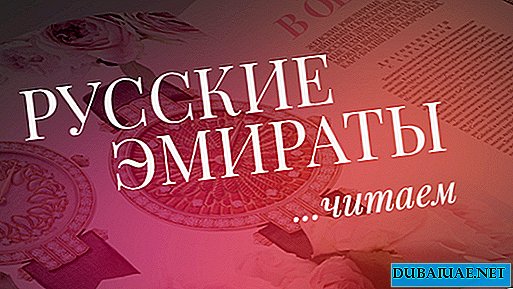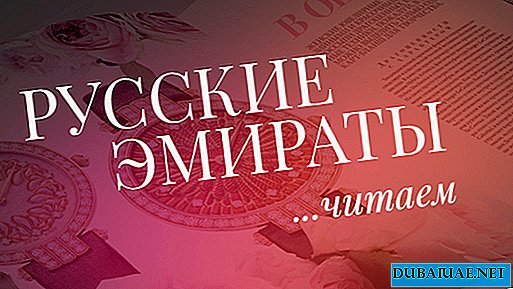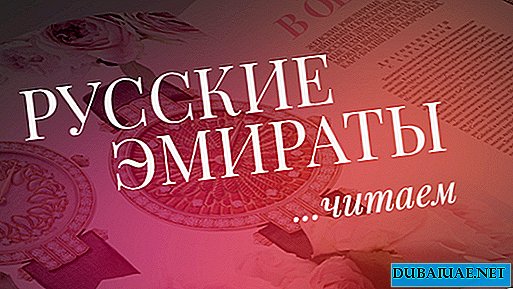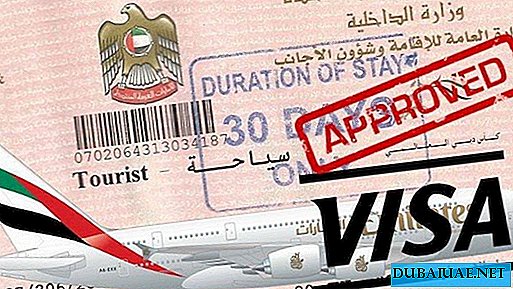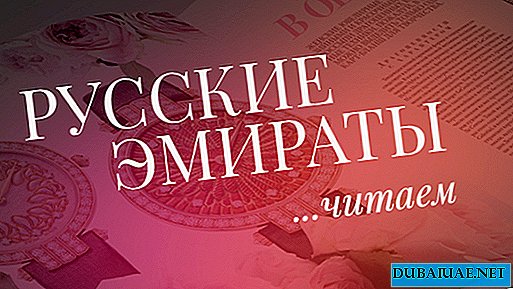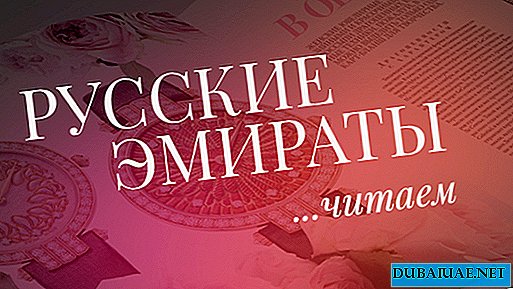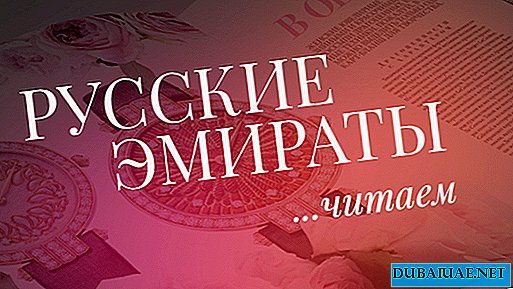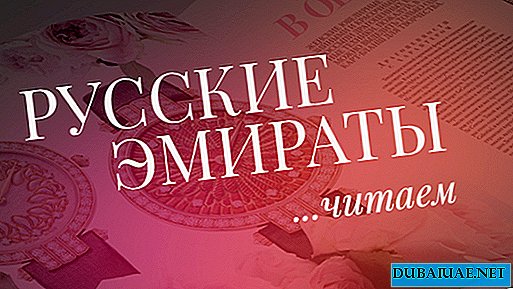 Photos provided by: Abu Dhabi Falconers Club
Photos provided by: Abu Dhabi Falconers Club Text: Natalia Remmer
The most common types of birds of prey are gyrfalcon, peregrine falcon, and balaban. The first is the most prestigious and revered in the world, the second is distinguished by strong and strong claws, and the third - strength and beautiful attack
THE LIVING WEAPONS OF A BEDUIN, THE KEEPING EYE OF THE DESERT AND THE SYMBOL OF THE UNITY OF THE NATION - ALL THIS SAY ABOUT THE Proud Falcon, WHICH THE ARABIAN BEDUINS ARE RECOGNIZED AS A MESSAGE OF THE ALMIGHTY. HUNTING WITH BIRD BIRDS BEFORE HAS BEEN A LIVING NECESSITY, AND TODAY HAS TRANSFORMED INTO AN ELITE SPORT, GATHERING AT Dawn IN THE DESERT OF LOCAL SALES AND BIRTHDAY.
The falcons are by no means the original inhabitants of the Arabian desert, however, here are the ways of their migration from Eurasia to Africa in the cool season, which led to their close ties with the Arab world. One of the first hawkers in the Persian Gulf region was Al Haris bin Muawiya Al Kindi in the 4th century AD, and a little later, the avid hunter and uncle of the Islamic prophet Muhammad Hamza bin Abdul-Mutaleb. In the book "The Advantages of Birds" by the Arab author Adham bin Mehrez Al Bahel, dated to the 8th century AD e., also emphasizes the important role of hunting with hunting birds during the reign of the Umayyad and Abbasid dynasties.
For the Bedouin, the white falcon or gyrfalcon is an embodiment of strength, pride and unbending will, and his appearance in the house speaks of the favor of the Almighty to his owner. Hunting with birds for the Arab is not just entertainment. Training a bird requires great care, willpower and patience, so those who want to tame the young falcons spend all day with them.
However, before you tame the falcon, you need to catch it. The first president of the UAE and the “father of the nation” Sheikh Zayed bin Sultan Al Nahyan described the methods of catching birds in his book Falconry: Our Arab Heritage: a hunter digs a hole in the sand, puts a pigeon there, which serves as a bait, and covers them with palm branches . At the same time, he ties the prey to the thread, for which he begins to pull, as soon as the falcon sees the victim and attacks it. So the bird is in his hands. Another way is to use the net: the falcon is covered with it as soon as it grabs its prey. After that, the hunter frees the bird and transfers it to the new owner, who will be engaged in its training. It should be noted that catching a falcon is not an easy task: sometimes hunters, waiting for a good chance, sit in ambush for weeks. Of course, there is an easier way - to get a bird in a special breeding center, but hunting with wild birds is a real art, which is still in honor in these parts.
Feathered hunters live on average 12-15 years, but the best age to start training is from eight months to a year and a half. If the season traditionally begins in October, then the instructors begin training in late summer. Within two months, they need to accustom the feathered hunter to the smell of their owner and the people around them, and then to the execution of commands. In order to calm the wild bird, in the daytime they put a hood on their head - a leather hat on belts sewn in an individual cut. The “proud” falcon has to learn to take off from the owner’s glove and return to it - for this the coach uses rewards every time in the form of goodies.
 Training hunting begins at sunrise. First they start production (it can be live bird, or meat, tied, for example, to a radio-controlled aircraft), then a hood is removed from the falcon - and it soars up, after a few seconds turning into a black dot in the sky. The flight speed can reach 200 km / h, and when diving - up to 300 km / h, just a bewitching sight! The falcon attacks the prey, hitting it with its beak in the throat, and then claws it, waiting for the blood to flow out - almost the same as under the halal law. Such an attack takes less than a minute, but after it the falcon either returns to the owner, or he has to be searched in the desert on his own. "The purpose of the hunt is not to kill the victim. It is a sport that requires attention, devotion, trust and teamwork of the falconer and his pet," says Khalid Al Daheri, an employee of the Falcon Museum in Dubai. - Between the owner and the bird during the hunt, a truly fraternal relationship develops.
Training hunting begins at sunrise. First they start production (it can be live bird, or meat, tied, for example, to a radio-controlled aircraft), then a hood is removed from the falcon - and it soars up, after a few seconds turning into a black dot in the sky. The flight speed can reach 200 km / h, and when diving - up to 300 km / h, just a bewitching sight! The falcon attacks the prey, hitting it with its beak in the throat, and then claws it, waiting for the blood to flow out - almost the same as under the halal law. Such an attack takes less than a minute, but after it the falcon either returns to the owner, or he has to be searched in the desert on his own. "The purpose of the hunt is not to kill the victim. It is a sport that requires attention, devotion, trust and teamwork of the falconer and his pet," says Khalid Al Daheri, an employee of the Falcon Museum in Dubai. - Between the owner and the bird during the hunt, a truly fraternal relationship develops.
Falconry championships are held annually in Dubai and Abu Dhabi, bringing together thousands of spectators. The most popular of them is the Fazza Championship, held under the patronage of Sheikh Hamdan bin Muhammad bin Rashid Al Maktoum, the crown prince of Dubai, as well as the capital's Cup of the President of the UAE. Among the prizes are elite SUVs and cash incentives reaching hundreds of thousands of dollars. Falcons compete in different categories, their task is to hit various targets as quickly as possible and return to the owner’s hand at his command. “Over the years of the competition we have not lost a single bird,” says Rabi Yahya, an employee of the Abu Dhabi Falconers Club. we find it and return it to the owner. However, we must pay tribute to the trainers - 99% of the falcons always return. "
Before the competition, the falcon does not receive any food for two days, which further exacerbates his hunting skills. A keen eye helps the bird to see prey at a distance of a kilometer and catch it in a few seconds. Suad Darwish, director of the Fazza Championship, notes: "Traditionally, falconry is developed in different parts of the world, including Asia Minor and Africa, but most breeders, about a third of the global total, live in the Middle East, primarily in the UAE and Qatar. For "Falcons in our country are a symbol of the nation and its unity, and hunting with birds is one of the oldest sports recognized today as national."
Indeed, the United Arab Emirates demonstrate an unusually careful and reverent attitude towards its living heritage. Since the time of Sheikh Zayed, there has been a national falcon protection program in the country, aimed, inter alia, to combat smuggling.
Falcon - one of the national symbols of the United Arab Emirates. Its image is the emblem of the country: a flag is depicted on the chest, and seven tail feathers are a symbol of unity of the seven emirates. When a falcon soars into the sky, in amazement and in a sense of unity and pride, all Arabs freeze - regardless of country of origin. Proud birds are depicted on the banknotes of the emirate dirham of any value. Songs, dances and poems are dedicated to them. Museums and large residential areas are being erected in honor of the falcons. Feathered hunters are invisibly present even in the emirate’s national dress: take a closer look at how the outlines of the head scarf-gutra resemble the proud profile of a white gyrfalcon.
FALCON HOSPITAL
The unique and largest of its kind Falcon Hospital operates in Abu Dhabi: since its opening in 1999, 67 thousand birds have arrived here from different countries.
The hospital includes a resuscitation department, a quarantine center, air-conditioned wards, a bird breeding center, an X-ray department, and an ophthalmology department.
This is an ideal place for healing and restoring the strength of falcons, many of which are later returned to their natural habitat, releasing Pakistan, Kazakhstan and Iran into the sky.


